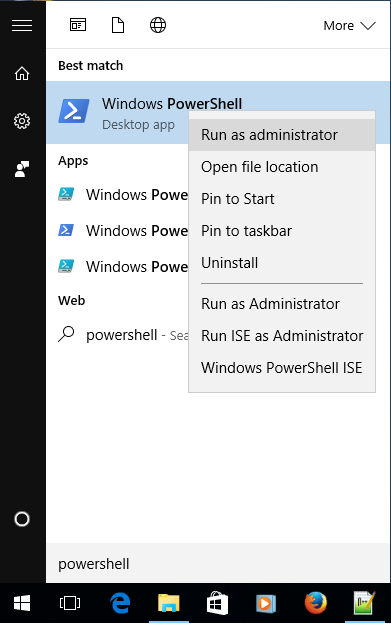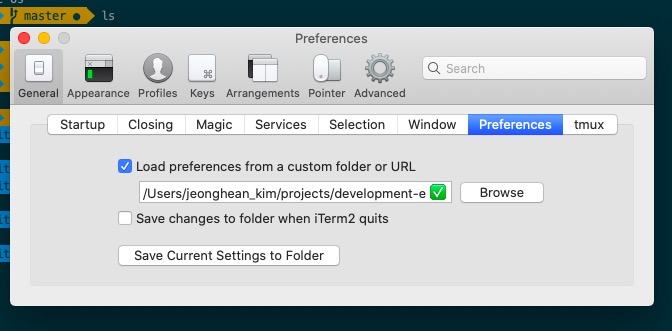Setting up a Loopback project in Codenvy

Mac OSX Setup - Brew and Cask. GitHub Gist: instantly share code, notes, and snippets.
- SourceTree - 强大的 Git 跨平台客户端。 SmartGit - 非商业用途免费,全平台支持,集成 Github 服务。 Sublime Merge - Git客户端,来自Sublime Text的制造商。 Tower2 - 最强大的 Git 客户端。 Versions - Mac 上最好的 SVN 管理工具。 版本控制系统.
- SourceTree - 强大的 Git 跨平台客户端。 SmartGit - 非商业用途免费,全平台支持,集成 Github 服务。 Sublime Merge - Git客户端,来自Sublime Text的制造商。 Tower2 - 最强大的 Git 客户端。 Versions - Mac 上最好的 SVN 管理工具。 版本控制系统.
- Take A Sneak Peak At The Movies Coming Out This Week (8/12) Do you remember these 70s and 80s kids’ movies? These 20 Hollywood movies have the most award nominations like, ever.
- A aa aaa aaaa aaacn aaah aaai aaas aab aabb aac aacc aace aachen aacom aacs aacsb aad aadvantage aae aaf aafp aag aah aai aaj aal aalborg aalib aaliyah aall aalto aam.
From the codenvy dashboard, create a new project. Choose type: Blank Project and provide a name and description. As an example, I named mine: my-api with description: Sample project for Strongloop and Codenvy
Wait a bit for codenvy to initialize the project and IDE. Next, reveal the Runners tab by clicking on the Runners button at the lower left part of the IDE. Then go to the Configs tab and click on Create New button.
Replace the Dockerfile content with the one below. Make sure to change CODENVY_USER, CODENVY_PASS and CODENVY_PROJECT with your own values.
Click on the Save button on the right side of runner config tab. This creates a runner with oracle java 7, the codenvy-cli 2.10.0, git, node, npm and strongloop-cli. This will also login the codenvy-cli and clone the project files and folders into the home folder.
Run the runner created above and access the Terminal tab. Create a loopback project with the strongloop cli:
Push the created files to the project file system hosted by codenvy:

Reload the browser to see the new files in the IDE. You may also need to restart the runner for the new files to appear in /home/user/runtime. To run the application after restarting the runner, access the terminal then do:
I am a Software Engineer and I like when the tools I use help me through my day of work, not when they make it complicated. This goes through the choice of tools that I use, and how I configure them. In this post, I thought I would share what are “my essentials” when I use my Mac…
I was a great fan of Sublime Text… until Visual Studio Code came out. VS Code is great text editor, and it does much more (markdown preview, including images; Javascript debugger, etc.). Lots of plugins are available, updates are frequent (unlike Sublime…), and it is fast (unlike Atom). And no, it has nothing to do with the Visual Studio IDE.
I am a Kotlin/Scala/Java developer, and IntelliJ IDEA is just the best IDE on the market for these languages. Many people use the Ultimate Edition (paid version) but I use the Community Edition. All I need is in there: support for the programming languages I use (Kotlin/Scala/Java), support for the build tools I use (Gradle/Maven/SBT).
SourceTree is a GUI for Git. What I absolutely love with SourceTree is the ability to stage hunks of code (this can even be a single line). This allows you to precisely select what you are committing, and what you are leaving behind. With SourceTree, you will never commit something unwanted.
iTerm2 is a great replacement for Terminal. It allows you to split your windows, it has better text editing features, and lots of options.
Oh My Zsh is a tool to manage your Zsh configuration. It has plugins, such as a Git plugin to display information about the current Git repository in your prompt.
My prompt is largely customized to display the following information:
- the time, so that I can go back and see when I typed a command, and also to have an estimate of how long a command took to execute
- the user and hostname, so that I know where this console is running, which is useful when I log in on EC2 instances
- the full path to the current directory, so that I know where commands are executed, and so that I can easily copy/paste the path
- Git information, to know what branch I am in, and to know if there are non-committed changes (displays a red ‘*’).
The colors allow me to easily spot the information of the prompt, and also to see where commands where typed (it is hard to distinguish commands from results if your terminal displays all the text in one color).
Homebrew is a package installer. Almost everything I install on my Mac comes through Homebrew. It just works.
Want to install Maven? Just run brew install maven!
I also recommend using Homebrew Cask to be able to install applications that have installers.
f.lux is a small utility that changes the color scheme of your screen throughout the day so that it never looks too bright (and especially too blue at night).
Yes, my screen turns yellow-ish at night and I love it!
Brew Cask Sourcetree Menu
I used Microsoft Windows for a very long time, and Alt+Tab allows you to cycle between your windows. All your windows. On a Mac, on the contrary, you switch between applications with Command+Tab, and another shortcut to switch between windows of the same application. Too complicated for me!
Brew Cask Sourcetree Meaning

HyperSwitch allows you to remap Alt+Tab (or another shortcut) to cycle between your windows. It does other things but this is all I am using it for.

Brew Cask Install
ShiftIt is a tool that allows you to manage the size and position of your windows through keyboard shortcuts. It is simple and works perfectly. I use it to put 2 windows side-by-side, or to maximize a window.
